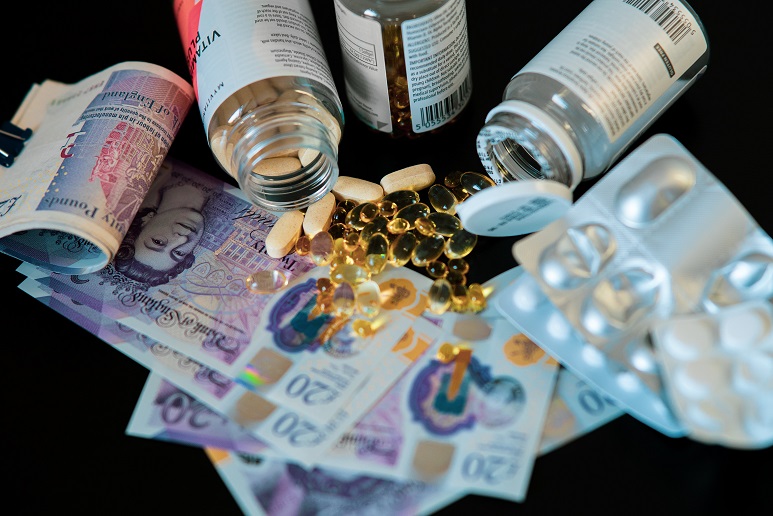Addiction is on the rise and is half the battle when it comes to fighting the opioid crisis.
Experts on the forefront of fighting the fentanyl issue in the U.S. know that taking down the dealers is only part of a larger problem. Americans are addicted and supply, mainly from China and Mexico, continues to flood the streets to meet this demand. Even if all of the active dealers were taken into custody, the addiction crisis would rage on.
Fentanyl is a synthetic opioid that has been approved for treating severe pain in end-stage cancer patients. It is up to 100 times more potent than morphine and is commonly prescribed in patches or lozenges. Unfortunately, more and more, this powerful synthetic is being sold illicitly, commonly disguised as other drugs. Users often don’t realize the opioids they’re buying are being laced with fentanyl until it’s too late, and the overdose rate continues to climb.
Currently, as many as one in 14 Americans are suffering from some form of addiction to legal or illegal substances, according to the Centers for Disease Control and Prevention (CDC). Some believe that the number of fentanyl-related overdose deaths has been, in part, made worse due to the U.S.’s late response and efforts to combat the opioid epidemic.

Because the crisis has been evident for some time, there are numerous Americans already addicted. They are used to visiting pill mills or dealers, expecting to continue getting the same drug they’ve long received. With the changing landscape, this is especially dangerous. There are others who have built up a tolerance and are opting to switch to fentanyl to receive the same high.
Ryan, for example, who didn’t want to disclose his last name, said he has been battling opioid addiction for decades, but just recently started using fentanyl.
“I stopped for many years. I just relapsed three months ago, and I hadn’t used in ten years,” said Ryan. “Fentanyl is in everything now.” Once people, like Ryan, transition to the synthetic, it quickly becomes their drug of choice because of its potency.
Sam Rivera runs the nation’s first overdose prevention clinic in Harlem, New York. He said the goal is “harm reduction and preventing overdose deaths.” The clinic allows people to use under medical supervision, and Rivera said no one has ever passed away there.
“We’ve had a number of overdoses today. It seems like a potential bad batch [of fentanyl],” said Rivera. “We’re there when the overdose happens, and we’re there immediately.”
According to a recent study published in the International Journal of Drug Policy, similar programs in other countries have “successfully reduced fatal overdoses and increased access to health services.”
Many people are reluctant to quit out of fear of becoming “dope sick.” Opioid withdrawal is intense and unpleasant. Luckily, there are also companies that are currently conducting clinical trials to develop options for relief. Mind Medicine (MindMed) Inc., a biopharmaceutical company known for developing products to treat brain health disorders, recently announced positive results from a Phase 1, placebo-controlled clinical trial assessing “the safety, tolerability, pharmacokinetics and neurocognitive effects of MM-110,” a drug designed to help with opioid withdrawal symptoms.
Those struggling with addiction need resources and they need them now. Taking down dealers is only half the battle. As fentanyl continues to flood the market, activists say there is no easy way to put an end to the crisis.
“They’re going to use,” said Rivera – plain and simple. “I have people in that room right now who want to stop, they’re right there saying, ‘I want to stop.’ But at least now they’re talking about it.”
Sources:
Did the fentanyl crisis thrive because the US ignored opioid abuse?
Fentanyl | CDC’s Response to the Opioid Overdose Epidemic
MindMed opioid withdrawal drug MM-110 shows safety in healthy people in early-stage trial


Join the conversation!